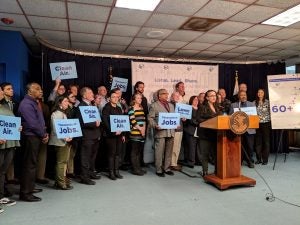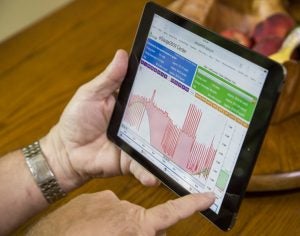 By Christie Hicks and Andrew Barbeau
By Christie Hicks and Andrew Barbeau
This post is the first in our CEJA series.
It’s been just over two years since Illinois enacted the groundbreaking Future Energy Jobs Act (FEJA), which set bold new goals for solar, wind and energy efficiency. Already, substantial gains from FEJA are being seen across the state.
But, a just-completed lottery for renewable energy credits demonstrates that there is a voracious demand for solar and wind energy in Illinois that far exceeds current capacity. Meanwhile, other states are poised to act on clean energy, threatening to catch up with – or pass – Illinois in the race for jobs and investments. This is the precise moment for Illinois to redouble its commitment to renewable energy and claim its spot as an undisputed clean energy leader.
The next important step for Illinois is passing the Clean Energy Jobs Act (CEJA), which will create more clean energy jobs, enhance equity and achieve more reductions in climate and air pollution. CEJA recognizes and addresses many of the challenges workers, customers and members of the community face as we transition away from old, dirty electricity.




